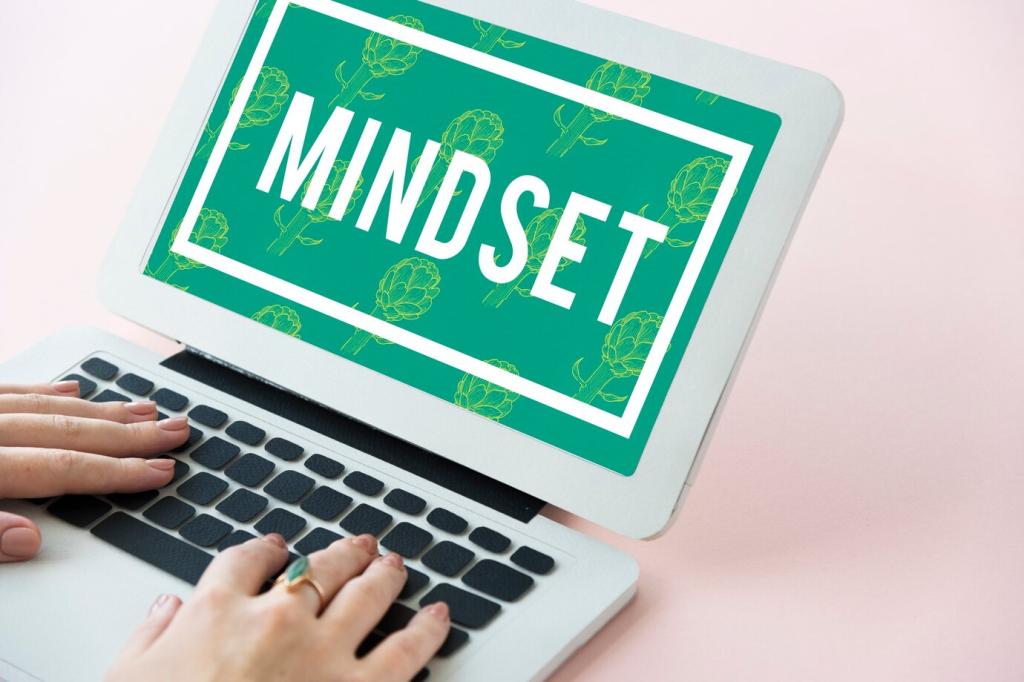Choose What Matters: Prioritizing Needs Over Wants in Budgeting
Chosen theme: Prioritizing Needs Over Wants in Budgeting. Welcome to a practical, compassionate space where we make money choices that support real life. Together, we will simplify decisions, protect essentials, and build calm confidence—one intentional choice at a time. Subscribe, comment, and shape our next steps.
Defining Essential Needs
Needs keep you safe, healthy, and employed: housing, utilities, basic food, medications, transportation to work, and minimum debt payments. If removing it jeopardizes stability, it is a need. Make a personal list, post it visibly, and review together with household members.
Recognizing Tempting Wants
Wants add comfort, convenience, or status but are not required: premium subscriptions, frequent takeout, upgrades, decorative purchases. They are not wrong—just optional. Labeling them honestly helps you spend without guilt and cut without drama when money gets tight.
A Five‑Minute Sorting Habit
Before paying or purchasing, pause five minutes. Ask: Does this protect health, work, or safety? If yes, it is likely a need. If not, it is likely a want. This tiny ritual, repeated weekly, trains your brain to choose what matters automatically.

Building a Needs‑First Budget That Actually Sticks
Give every dollar a job. Fund needs fully—rent, groceries, utilities, transport, minimum payments—before any wants. Whatever remains can flow to savings, debt, or planned treats. This structure turns anxiety into clarity and keeps surprise expenses from derailing you.

Stories From Real Life: Choosing Needs Changed Everything
A new parent, Maya canceled three streaming services and paused takeout for eight weeks to cover a childcare deposit. The short‑term cut felt tough, but the payoff was stability and reliable work hours. She eventually restored one favorite subscription, guilt‑free.
Stories From Real Life: Choosing Needs Changed Everything
A freelancer, Luis categorized upgrades as wants and paused them for three months. He funneled the savings into a $1,000 emergency cushion. When his laptop battery died, that fund saved the day—no credit card panic, just a calm, planned repair.


Decision Tools to Tame Impulses
For any non‑essential purchase, wait seventy‑two hours. Most wants cool with time; real needs persist. Keep a note of what still matters after the wait. You will be surprised how many “must‑haves” quietly disappear, leaving room for priorities.
Decision Tools to Tame Impulses
Estimate cost per use. If a $120 jacket will be worn sixty times this season, that is $2 per use—maybe a want worth planning. If it will be worn twice, perhaps not. Needs deliver recurring value; expensive wants should, too.
Where Needs and Wants Blur: Groceries, Housing, Transport
Base your list on staples—proteins, produce, grains, and basics. Then add two planned wants: a specialty item or dessert. Labeling them as wants keeps the cart honest and the budget realistic, while still honoring joy around food and family rituals.
Where Needs and Wants Blur: Groceries, Housing, Transport
A need: safe neighborhood, reasonable commute, functioning utilities. A want: extra bedroom, designer finishes, premium amenities. If rent stretches you, consider roommates or a smaller place temporarily. Stability now creates room for comfort upgrades later—by choice, not pressure.
Where Needs and Wants Blur: Groceries, Housing, Transport
A need: dependable transit to work or school. A want: luxury features or frequent ride‑shares. Prioritize reliability, maintenance, and insurance first. If you upgrade, plan it as a goal with savings milestones—proof that wants can be enjoyed without sacrificing essentials.

Name the Trigger, Keep the Choice
Lonely? Stressed? Celebrating? Naming the feeling separates it from the purchase. Then you can meet the need directly—call a friend, rest, journal—while choosing wants deliberately. You keep control and compassion, which makes consistent budgeting easier.

Social Pressure Detox
Mute a few accounts, unfollow comparison triggers, and suggest lower‑cost hangouts. When friends know your needs‑first focus, most will cheer you on. Invite them to swap free activities—picnics, walks, game nights—and watch your budget and relationships both improve.
Tracking, Reviewing, and Course‑Correcting
The Weekly Ten‑Minute Review
Open your accounts, compare spending to plan, and re‑sort any wants that crept into needs. Adjust the upcoming week. Celebrate one win—no matter how small—so the process feels rewarding. Share your review ritual with us in the comments.
Needs Percentage Tracker
Track the percentage of income going to needs. If it climbs, explore housing, insurance, or utility optimizations. If it falls, accelerate savings or debt payments. Watching this one metric reveals patterns quickly and keeps your priorities crystal clear.
Accountability That Feels Good
Pick a friend, partner, or community thread. Share one need you funded and one want you postponed. Light accountability transforms intentions into action. Join our newsletter for monthly check‑ins and printable prompts that make it simple to stay on track.
Sit down and list your top ten household needs. Define how you will protect them, even in tight months. Post the list on the fridge. When choices get tough, you will already have a united plan to follow instead of arguing in the moment.
